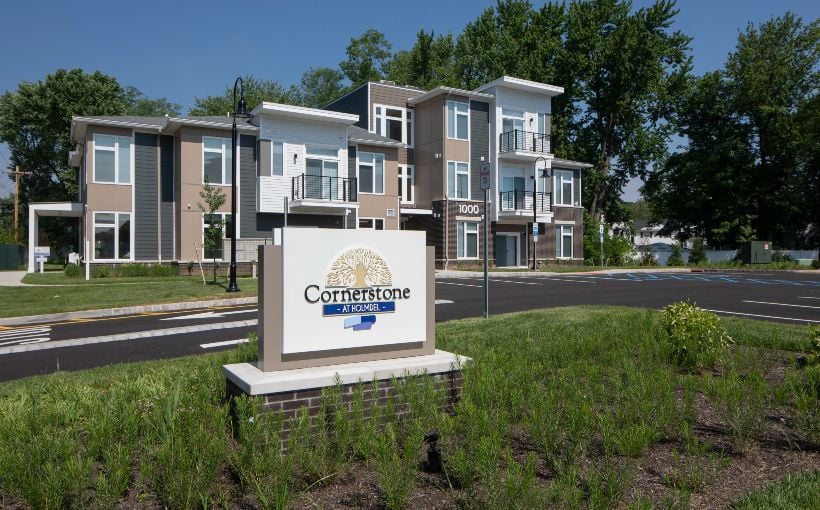In this third installment of our four-part series on capital and commercial real estate, we have consulted industry experts to gain insight into what they look for when financing a deal. This article follows two previously published pieces: “Understanding Capital Creativity” and “Capital Markets: The Rearview Mirror and the Road Ahead.”
Jonathan Lee
Amidst current news about commercial real estate lending, it may seem that there is no available capital for investment or that it comes at a high cost. While the days of easy money are gone, debt can still be obtained. Our experts emphasize that lenders today require strong assurances in order to take on risks.
T.R. Hazelrigg IV
As T.R. Hazelrigg from Avatar Financial Group explains, loans are now being scrutinized more closely by lenders who prioritize substance over form. They seek high-quality projects with experienced sponsors who have invested their own funds into the deal.
The Importance of Assets
One crucial aspect considered by lenders is the type of asset involved in a project’s development or acquisition process as noted by Jonathan Lee from Colliers Structured Finance Group – banks and insurance companies prefer product types with consistent cash flow potential.
Brian Heflin
These preferred product types include multifamily properties and industrial buildings despite concerns about maturing debt (multifamily) or increasing vacancy rates (industrial). On the other hand, office spaces face challenges according to Gary Bechtel from Red Oak Capital Advisors – owners struggle with urban offices while suburban offices tend to perform better but may require additional structuring for financing approval based on their unique story.
Ivan Kustic
Non-traditional assets also appeal to some lenders such as MetroGroup Realty Finance’s life insurance company client which has been active in providing long-term financing for car dealerships, storage yards, cement plants as well as office buildings located in Chicago and New York City according Ivan Kustic .
Gary Bechtel
Retail properties are also gaining attention from lenders, according to Jeff Salladin from Revere Capital. He believes that the market has already factored in the “Amazon Effect” and sees potential in well-managed retail spaces.
Boosting “Dry Powder”
Jeff Salladin
Lenders are also interested in borrowers with more funds at their disposal – lower leverage and higher equity are now preferred. Red Oak’s Bechtel notes that many loans require more borrower equity than before, which can be provided by private lenders or through rescue capital options.
Determining appropriate leverage is currently challenging but Colliers’ Lee predicts that as stalled loans move forward (resulting in viable basis plays), new lenders will offer financing based on updated property values.
Jon Pharris
A decrease in the Effective Federal Funds Rate could further encourage lending activity as it frees up funds for borrowers. As noted by Jon Pharris of CapRock Partners , this combination of a lower rate environment and disposition of struggling assets will result in a resurgence of available capital for investment opportunities.
In conclusion, while lender capital is still accessible, they have become more selective compared to previous times when money was readily available. Smaller developers or investors without strong financial standing may face difficulties obtaining financing according to Jon Pharris .




